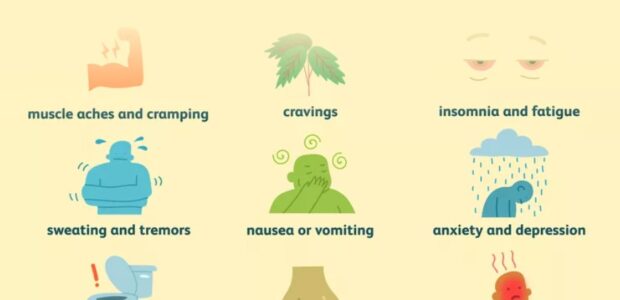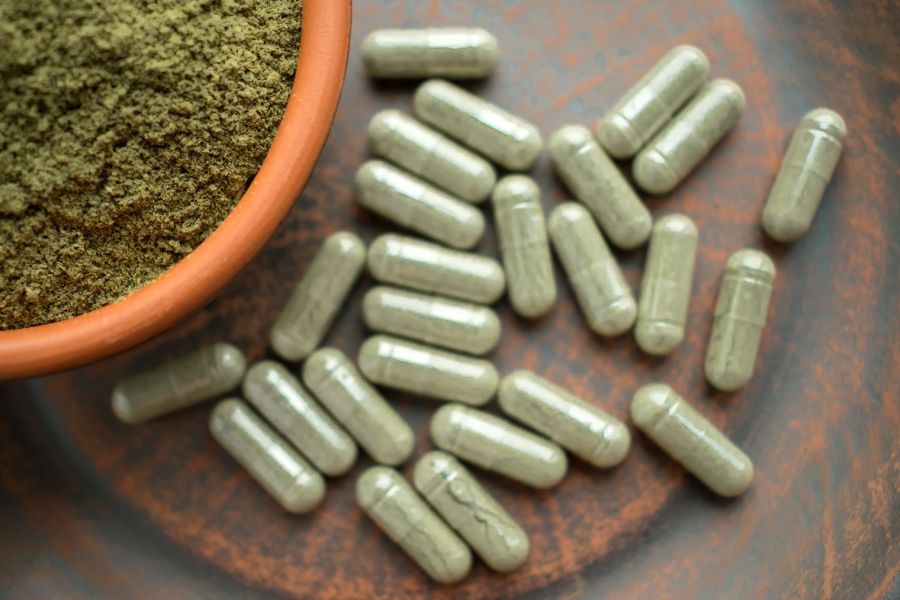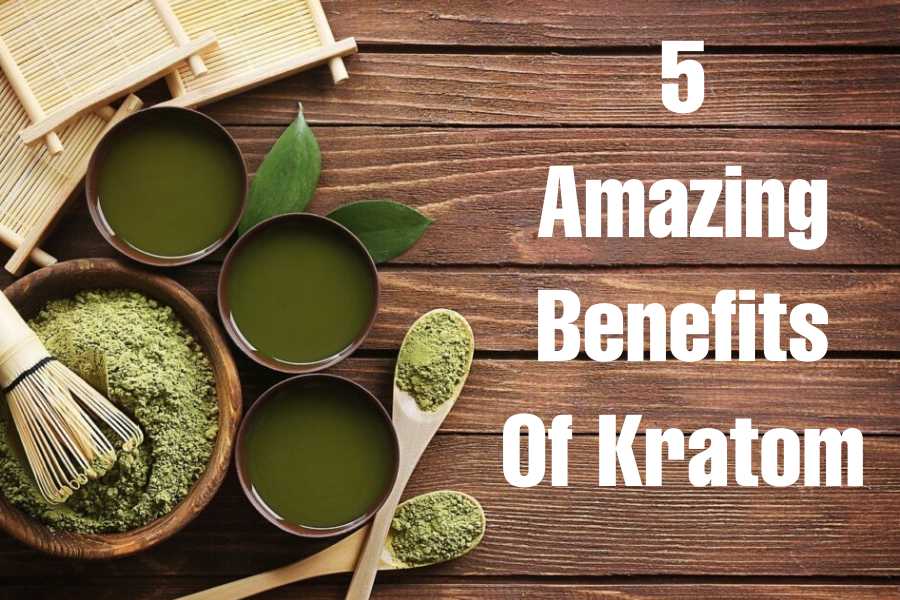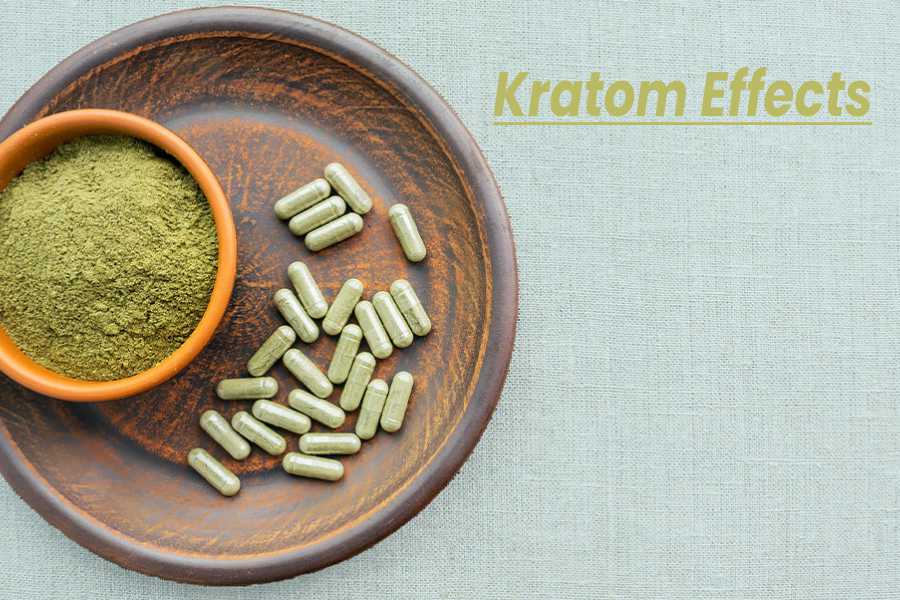
Kratom is a tropical tree’s leaves use to make a herbal supplement (Mitragyna speciosa). It’s grown and cultivate all over Southeast Asia.
Kratom contains potent alkaloids that stimulate, relieve pain, and alter mood in the brain. Some people have also used it to treat the symptoms of opioid withdrawal.
Kratom withdrawal can last anywhere from 3 to 10 days and can cause unpleasant symptoms such as cravings, muscle aches, and nausea. Long-term kratom use can lead to dependence.
This article will introduce everything you need to know about kratom and kratom withdrawal, including symptoms, a timeline, and how to seek treatment.
Kratom Withdrawal Timeline: Symptoms & Treatment Options
The dose and duration of use determine how quickly withdrawal symptoms appear and how long they last. When the effects wear off, your last dose can also influence withdrawal symptoms.
Withdrawal symptoms from Kratom usually appear between 12 and 24 hours after the last dose. Symptoms can last anywhere between three and seven days.
Furthermore, the typical withdrawal timeline is as follows:
The First Twelve Hours: Within 12 hours of the last dose, flu-like symptoms, as well as feelings of depression and anxiety, are common.
Days 1-3: Symptoms are usually at their peak during these three days. During this time, people are most likely to relapse.
Days 4–7: Severe symptoms will begin to fade during this time frame. Individuals suffering from PAWS may, however, still exhibit some mild symptoms.
While severe symptoms usually go away within a week, less severe symptoms can last for months or even years, especially in heavy kratom users.
Mood swings, depression, anxiety, and cravings are possible psychological symptoms.

Kratom Withdrawal: Symptoms, Detox & Rehab
To overcome kratom withdrawal symptoms & dependence, one must first recognize its signs and symptoms. However, not every kratom user will experience withdrawal symptoms, especially moderate users.
In general, regular kratom users are likely to experience withdrawal symptoms as they develop a dependence and tolerance to the substance over time.
Among the most common physical withdrawal symptoms are:
- Jerky movements
- Runny nose and watery eyes
- Insomnia
- Muscle aches
- Dilated pupils
- Blurred vision
- Severe abdominal cramps
- Nausea and vomiting
- Decreased appetite
- Changes in heart rate and blood pressure
- Seizures
- Diarrhea
- Sweating and hot flashes
- Fever
Psychological withdrawal symptoms may include:
- Changes in mood
- Anxiety
- Depression
- Irritability
- Agitation
Heavy users may also suffer from post-acute withdrawal syndrome (PAWS). Such users in waves may experience anxiety, depression, and insomnia.
It takes several months or weeks for these symptoms to go away.
The Dangers of Kratom Withdrawal: Understanding Kratom Addiction
Even though kratom withdrawal symptoms are not consider fatal on their own, there are still risks associate with kratom withdrawal:
- People who experience mood swings may be prone to poor judgment and decisions, resulting in an accident or harm to themselves or others.
- Because of the intense cravings and physical and emotional distress that occurs during withdrawal, some people may relapse and possibly overdose in an attempt to alleviate the discomfort.
- The use of Kratom can be fatal. People who utilize Kratom in combination with other medications or drugs cause fatalities.
Finding Relief from Kratom Withdrawal Symptoms: Overcoming Kratom Withdrawal Symptoms
Some techniques for reducing the symptoms of kratom withdrawal include:
- Take an over-the-counter pain reliever, such as Tylenol, aspirin, or ibuprofen to relieve muscle aches and fever.
- Maintain adequate hydration — withdrawal symptoms such as vomiting, diarrhea, and excessive sweating contribute to dehydration. Make an effort to stay hydrated. Water and a rehydration solution, such as Pedialyte, are recommend. These solutions aid in the replenishment of lost water and electrolytes.
- Take an over-the-counter anti-diarrheal medication such as Pepto-Bismol or Imodium to reduce or prevent diarrhea.
- Consume small meals frequently. This, in conjunction with a bland diet, can alleviate nausea, vomiting, and stomach discomfort.
- Take an antiemetic medication, such as Gravel, Pepto-Bismol, or Dramamine. These medications can aid in the relief of nausea and vomiting. To help soothe your stomach, try ginger chews or tea.
- Use relaxation strategies such as breathing exercises, meditation, and yoga. These techniques have been shown to alleviate pain, anxiety, and insomnia.
You may also like – What is Kratom Tea?
Kratom Withdrawal Medications: Overcome Addiction
In the United States, no medical therapies for kratom withdrawal are currently approve.
In Europe, however, inpatient detoxification may include a combination of dihydrocodeine (a medication used to treat moderate to severe pain) & lofexidine (a medication used to treat high blood pressure that also appears to be beneficial in relieving symptoms of opioid withdrawal when used off-label during medical detox), as well as antidepressants, anxiolytic (anti-anxiety medications), and nonsteroidal anti-inflammatory drugs.
Kratom Detox Guidelines: Here are The Facts
It is not advisable to stop using Kratom abruptly, as this may result in adverse side effects.
In order to reduce the risks involved, it is strongly advise that individuals detox under the supervision and guidance of physicians or addiction specialists.
During the detox process, medical teams assist in gradually reducing the kratom dosage to minimize cravings and withdrawal symptoms.
A kratom detox program includes a variety of components, including:
Evaluation: To help design a recovery plan, blood tests, screening for psychiatric and physical disorders, a complete review of the patient’s medical and social background and current state, and a general risk assessment of the withdrawal process are performed during the detox evaluation process.
Stabilization: Individuals in recovery enter the stabilization process after completing the evaluation process. During this time, medications are prescribed based on the severity and type of symptoms.
Treatment Transition: Following detox, healthcare practitioners will recommend inpatient or outpatient rehabilitation for further treatment, depending on the severity of an individual’s condition.
Outpatient or inpatient treatment is required to address the psychological factor of kratom dependence, while the detox process helps manage the physical reliance on Kratom.
Benefits of Medical Detoxification for Kratom: Boost Addiction Treatment
Medical detox has excellent benefits, including increased patient safety, medical assistance during complications, and a lower relapse rate.
Aside from that, detoxing on your own can lead to complications and health problems.
Complications are avoidable when the detox process is completed under professional medical supervision.
Medical professionals can prescribe medications to help you cope with symptoms and physical discomfort, making detox and withdrawal easier to manage.
Frequently Asked Questions About Kratom Withdrawal
How long does Kratom withdrawal last?
Kratom withdrawal is frequently associated with opioid withdrawal and typically begins within six to twelve hours of the last dose.
The withdrawal symptoms peak in two to three days and can last up to ten days. The duration of withdrawal symptoms is closely related to the level of dependency — biology, genetics, addiction history, other medical/psychological issues, co-occurring addictions, and other environmental factors can all influence how dependent a person becomes on Kratom.
For someone heavily dependent on the drug, kratom withdrawal should last about a week.
Are there any possible adverse drug reactions with Kratom?
According to the DEA, a popular drink known as 4100 has circulated among young people in Thailand.
It’s a combination of plant-based Kratom and codeine-based cough syrup, resulting in a caffeinated drink with an alcohol-like effect.
Combining Kratom with other psychoactive substances is extremely dangerous because they may have negative interactions. When Kratom was combined with other drugs, seizures were reported.
Other studies have found that Kratom and other opioids, such as morphine or hydrocodone, can worsen depression and have potentially fatal drug interactions.
Closing Thoughts About Kratom Withdrawal
Most people begin using Kratom with the best of intentions. Many people want a natural, safe way to treat pain and anxiety. It might work for a while.
However, when kratom use takes over your life, you know it’s time to stop.
Withdrawal may be more difficult than you anticipated, but it is possible.
Reach out for assistance if you are having difficulty. In order to help you during withdrawal and recovery, there are numerous resources available.



